This post may contain affiliate links. Any sales made through such links will reward me a small commission – at no extra cost for you!
AHA vs BHA – what they are, what they do for your skin, what the differences between them are and why you should include them into your skincare routine…
What are AHA and BHA?
Both AHA and BHA are types of hydroxy acids – exfoliating acids that can safely be used in skincare. You can find them in a variety of products, including cleansers, toners, serums, moisturizers, scrubs, masks and peeling solutions. Both AHA and BHA enhance the skin by pretty much removing what shouldn’t be there.
However, there are a few differences between the two. And on these differences depends what AHA and BHA products can and cannot remove, how they do it and, of course, which skin types can benefit from each the most.
AHAs
AHAs (or alpha hydroxy acids) are a group of water-soluble exfoliating acids. They dissolve and remove dead skin cells from the surface of the skin. That way, they even out the complexion, make the skin smoother and stimulate the skin to produce new, young skin cells faster, to replace the removed ones.
However, because they are water-soluble, they cannot mix with the skin’s sebum and penetrate into the pores. AHAs stay only on the surface of the skin and exfoliate the outermost layer.
There are several well-known types of AHAs you can find in your skincare products. These include glycolic acid (made from sugar cane), lactic acid (from lactose in milk), citric acid (found in citrus fruit), mandelic acid (from almonds), tartaric acid (from grapes) and malic acid (found in apple).
BHA
Unlike AHAs, BHA (or beta hydroxy acid) is oil-soluble. Because of that, it can sink through the sebum and deep into the pores, unclog pores and remove both dead skin cells and excess sebum.
Through there are different types of beta hydroxy acids, the only BHA commonly used in skincare is salicylic acid, and lately its derivative lipohydroxy acid.
What Is The Difference Between AHA and BHA Exfoliants?
Because of the different ways they affect and exfoliate the skin, AHAs and BHA are recommended and used for treating different skin problems. Consequently, they are suitable for different skin types.
Generally speaking, AHAs can be used on all skin types, although you may want to be careful and introduce them slowly to your skincare routine, especially if you have very dry or sensitive skin.
Skincare that contains some of the AHAs can help you treat:
- uneven skin tone
- aging signs, such as surface wrinkles and fine lines
- large pores
- discolorations, dark spots or acne scars
- dry skin
On the other hand, because BHA reduces sebum and skin oiliness, it would mostly be beneficial to oily, combination and acne prone skin. Also, BHA has mild anti-inflammatory effect on the skin, so it can be used in low concentrations to soothe skin sensitivities.
Products based on BHA can be used to treat:
- acne
- blackheads
- milia
- oily, congested skin
- clogged pores
There Are Also PHA…
PHA (or polyhydroxy acids) are another type of exfoliating acids that you can find in many products lately. They would technically fall under AHAs. However, their molecular size is much larger than AHAs we talked about above.
Because of that, PHAs have very similar effect to the skin as AHAs, but they are too large to penetrate into the skin even as deep as AHAs. They only exfoliate the most outer layer of the skin, only the very surface. This makes them very gentle and a good option for people who have sensitive skin and are looking for ways to exfoliate it.
How to Add AHA and BHA to Your Skin Care Routine
First, you need to decide which type of exfoliants you need.
A rule of a thumb says that if your main skin concern are acne or oily, congested skin, salicylic acid can be a great addition to your routine. On the other hand, if you are looking to reduce first signs of aging, minimize fine lines and dark spots, refine the skin’s texture or simply brighten and rejuvenate your complexion, opt for AHA products.
However, you may want to exercise caution if you want to use both types of the acids together. This is not to say you should never layer AHA and BHA products together. There are even products that contain both types of acids. However, as exfoliating agents, hydroxy acids do have a potential to irritate the skin.
In some cases, using one AHA and one BHA product in the same routine may lead to dryness and irritation. If you want to use both products but your skin is dry or sensitive, the best would be to alternate between them and use them on different days.
You can even use the BHA one in the morning and AHA in the evening. Or, if you have combination skin, you can follow the system used in multi-masking and apply AHA products to the dry, fine lines prone areas and BHA to the parts of your face that tends to break out.
Another concern would be that AHA products can increase your skin’s sensitivity to the sun. That is why you should use these products only in the evening and be rigorous about applying your sunscreen.






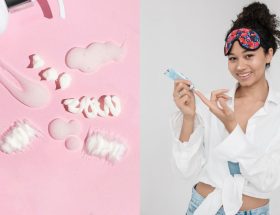
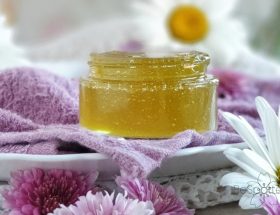

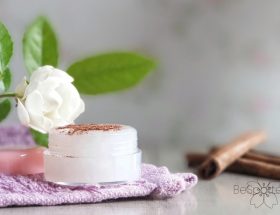
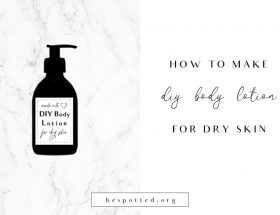
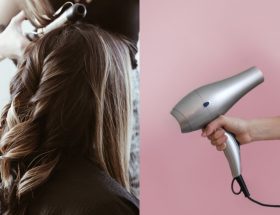
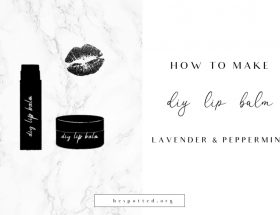
The terms AHA and BHA are in trend due to their role in modern skincare routine products. These are hydroxy acids used for skin to remove dead, skin acne, and other skin issues.
The post gives scientific information about both acids and how they are used, and for what purpose. It is beneficial because we should know what is used in our skincare products.
Glad you found my post helpful! 🙂